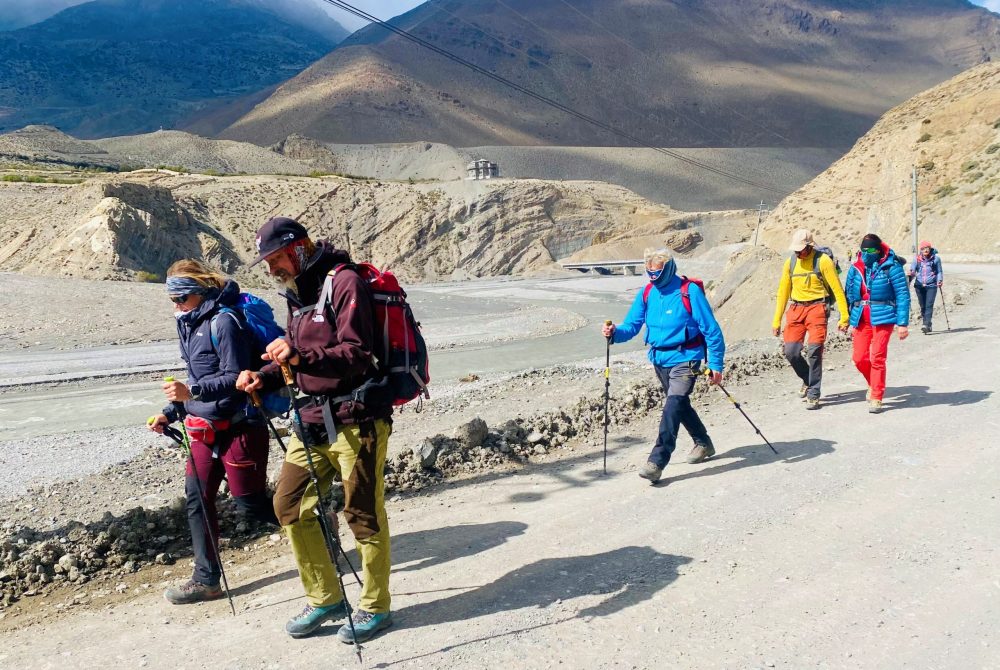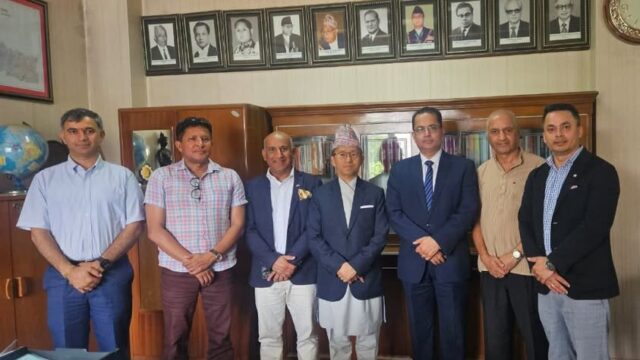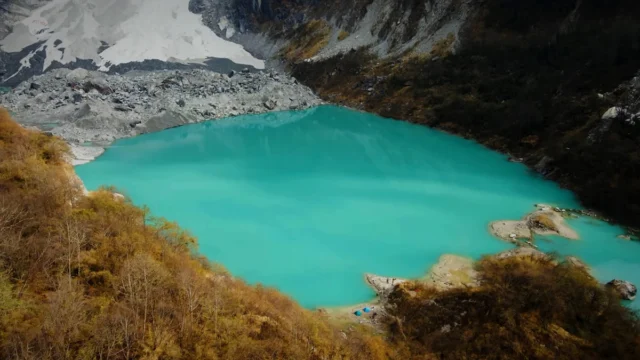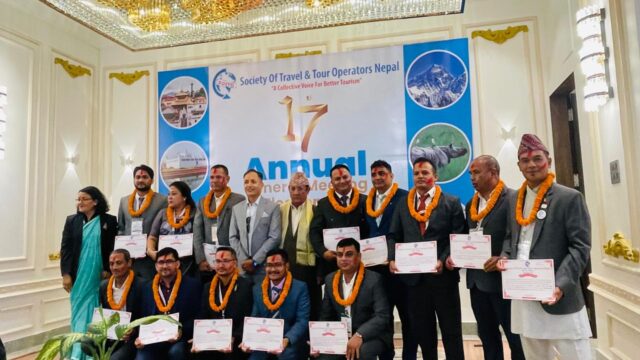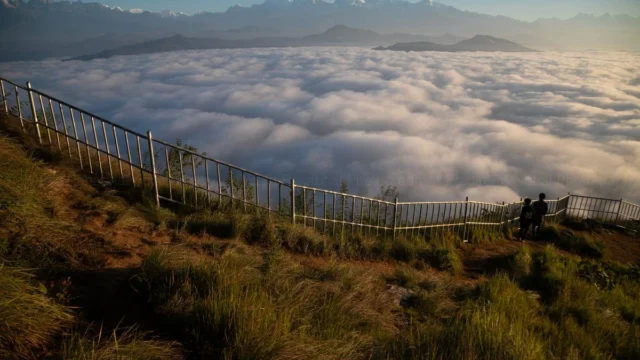Tourist arrivals in the Annapurna Conservation Area have seen a significant decline during the monsoon, which is typically considered the “off-season” for trekking. In Jestha, 34,230 foreign tourists visited the region, but this number dropped to just 5,710 in Shrawan.
According to Dr. Rabin Kadariya, the Chief of the Annapurna Conservation Area Project (ACAP), 10,768 tourists visited the area in Asar. He anticipates an increase in both domestic and international visitors starting from Ashwin as the trekking season begins. “The decrease in tourist numbers is due to the unfavorable trekking conditions during the monsoon,” Dr. Kadariya explained. “However, efforts are ongoing to identify and promote trekking destinations even during the monsoon season, which could attract tourists in the future.” He further noted that the period from Asar to Bhadra is typically regarded as the “off-season” for tourism.
Dr. Kadariya highlighted that the ideal times for trekking in the Annapurna region are from Ashoj to Mangsir and Chaitra to Jestha. These months witness a significant influx of tourists. ACAP’s statistics show that in the last fiscal year, 222,180 foreign tourists visited the Annapurna region, with the highest number, 35,265, arriving in Chaitra.
In the previous fiscal year, 117,845 tourists from Asian countries and 104,256 from other countries visited the area. Compared to the fiscal year 2079/80, there was an increase of nearly 50,000 tourists last year. During 2079/80, a total of 172,510 tourists visited the Annapurna region, with 89,777 from South Asian countries and 82,733 from other countries.
While most Indian tourists visiting destinations like Muktinath prefer road travel, tourists from other countries tend to favor trekking, according to Dr. Kadariya. ACAP maintains records of only those foreign tourists who trek the Annapurna Circuit, making it difficult to accurately count the number of domestic tourists who visit destinations like Mustang via road.
Popular destinations within the Annapurna region, such as the Annapurna Base Camp, Mardi Himal in Kaski, Lwang, Ghandruk village, Tilicho Lake in Manang, Thorong La Pass, Upper Mustang, Muktinath, Ghorepani, and Poon Hill in Myagdi, continue to attract tourists. The Annapurna Conservation Area, spanning 7,600 square kilometers, includes 89 wards across 16 local levels in Kaski, Lamjung, Manang, Myagdi, and Mustang.
The Annapurna region remains a preferred destination for both domestic and international tourists due to its natural beauty, biodiversity, Himalayan lifestyle, and rich culture. With its breathtaking mountain vistas, tourist-friendly infrastructure, pleasant climate, and the warm hospitality of the residents, the Annapurna Circuit is recognized as one of the world’s best trekking destinations. According to trekking guide Diwas Gurung, tourists can embark on short, medium, and long-distance treks through routes in Kaski, Lamjung, Manang, Myagdi, and other areas within the Annapurna region.
